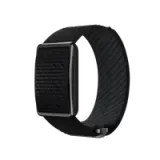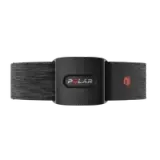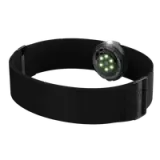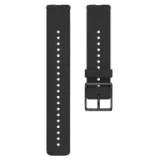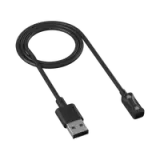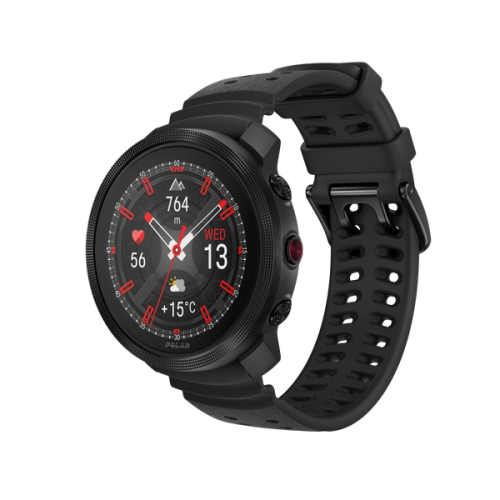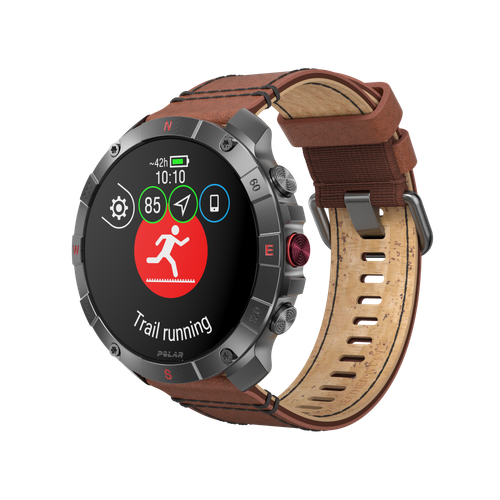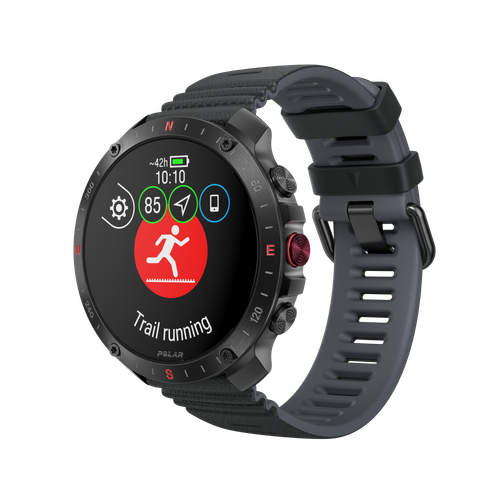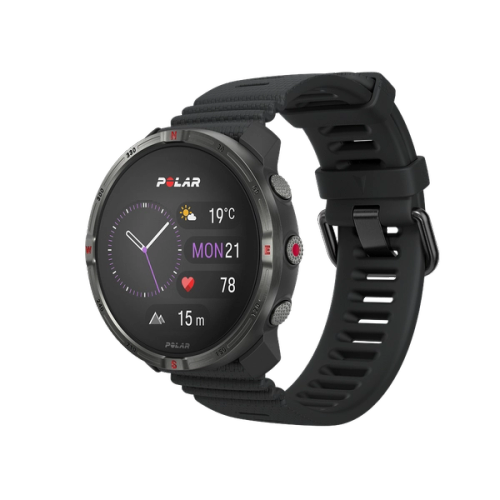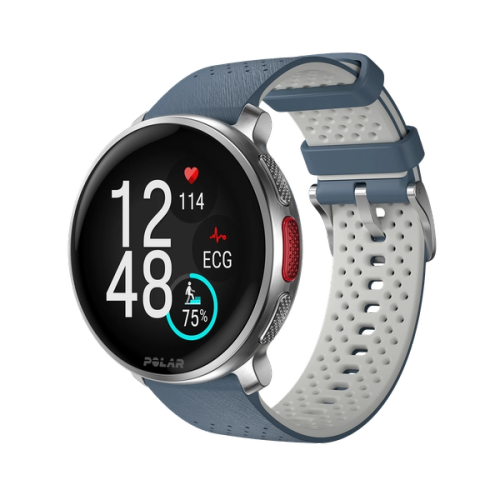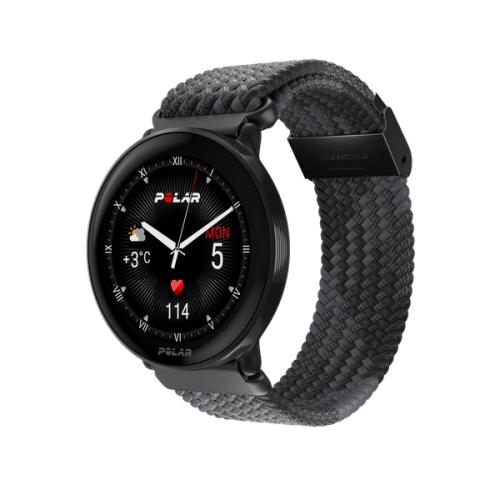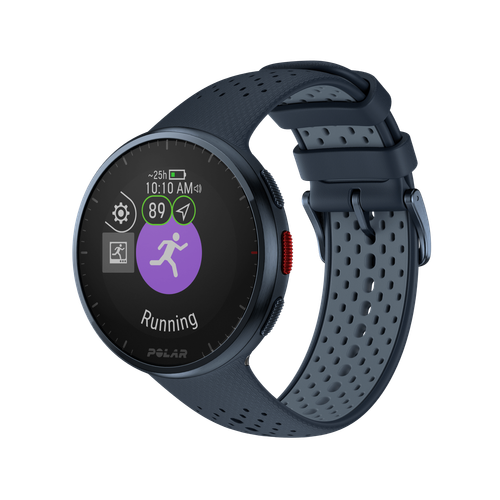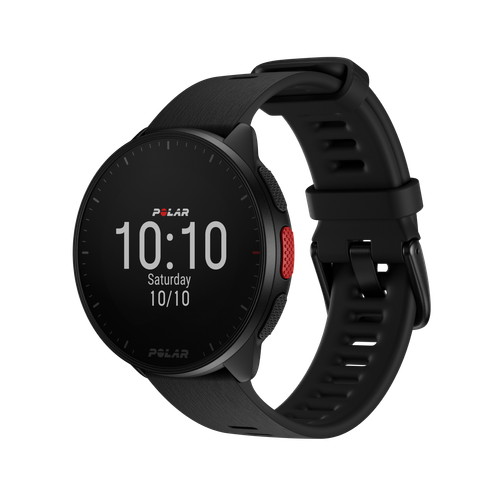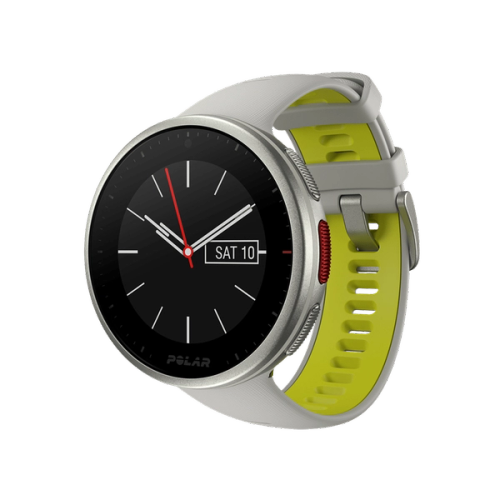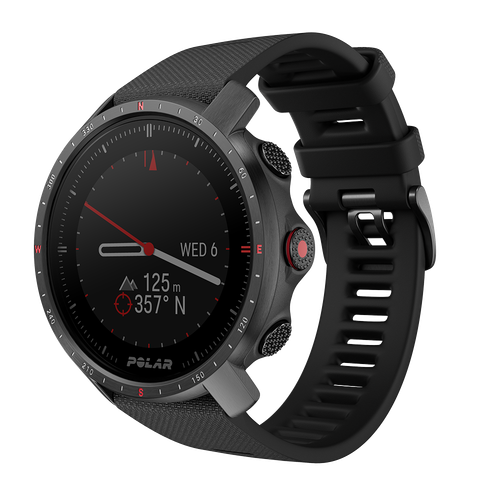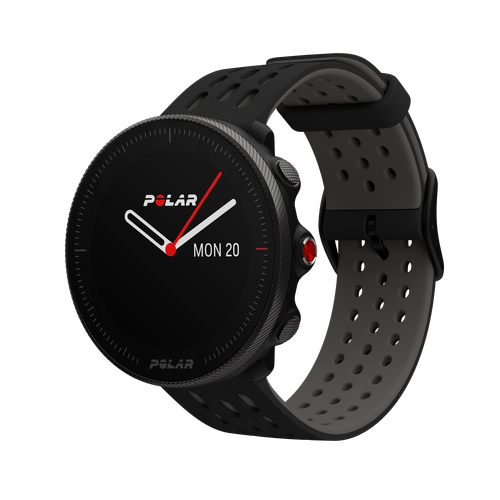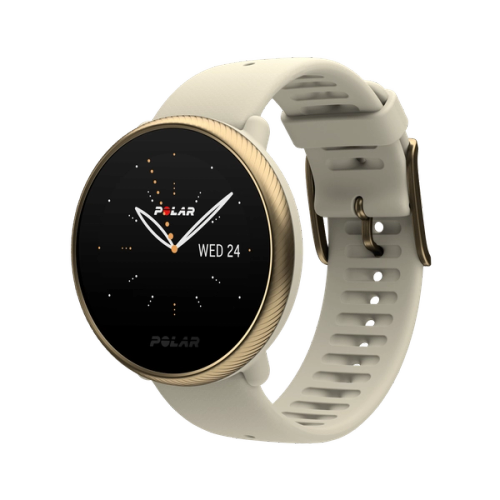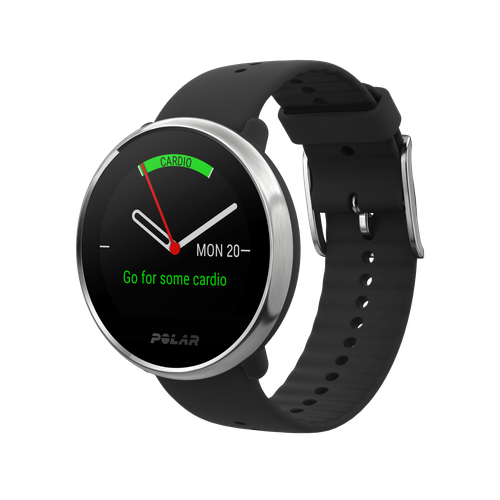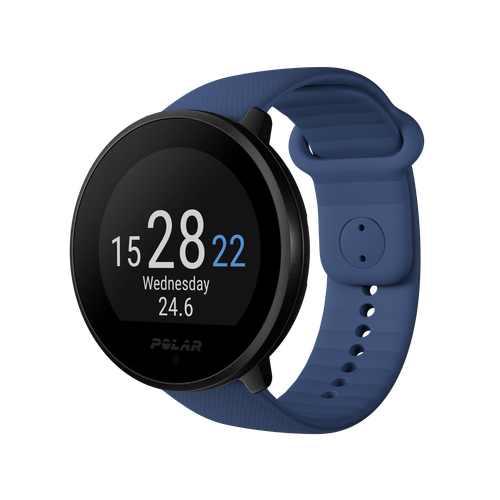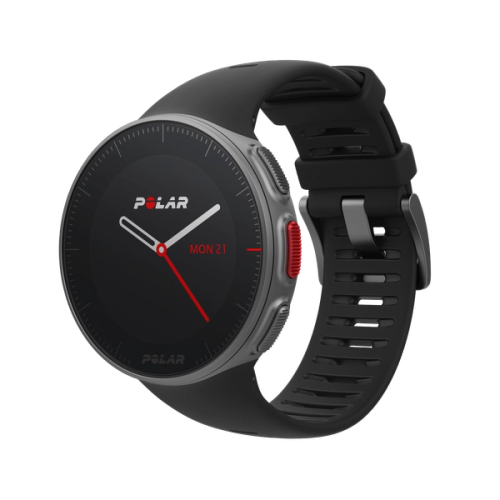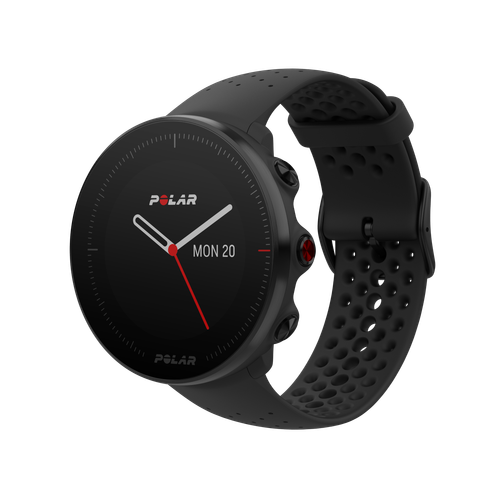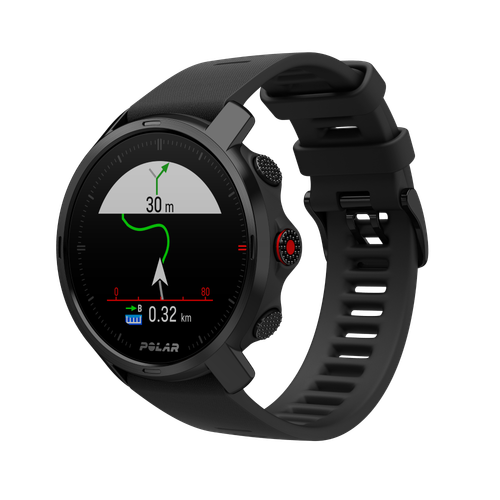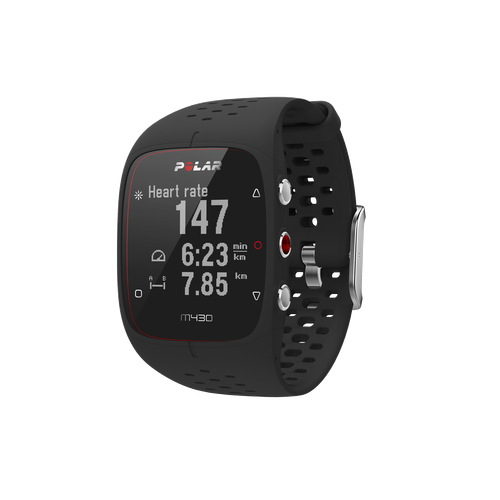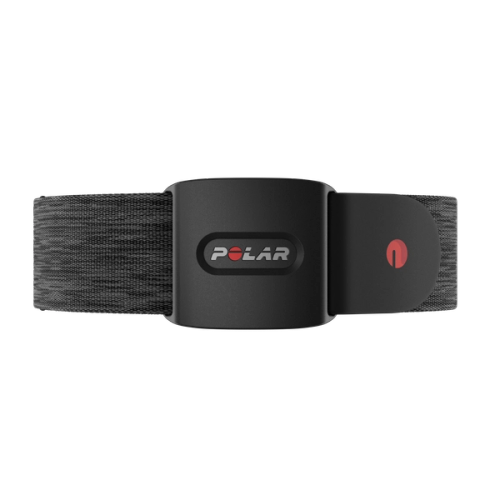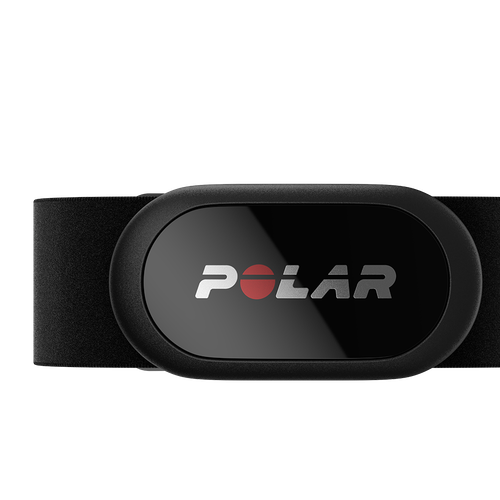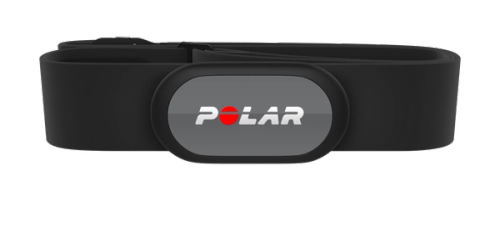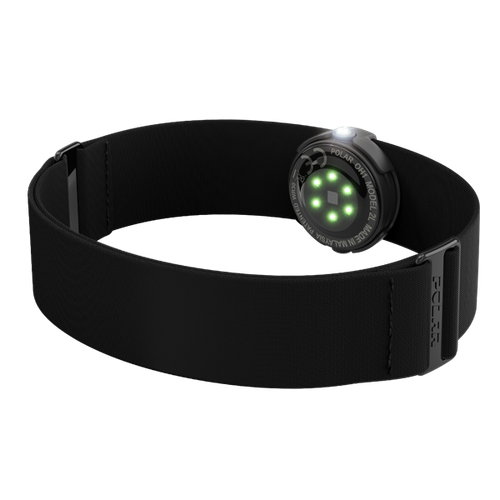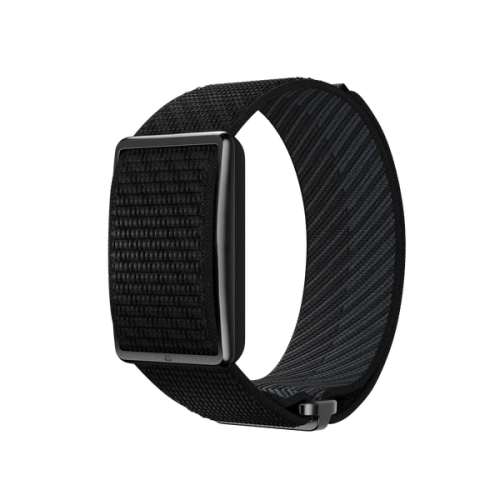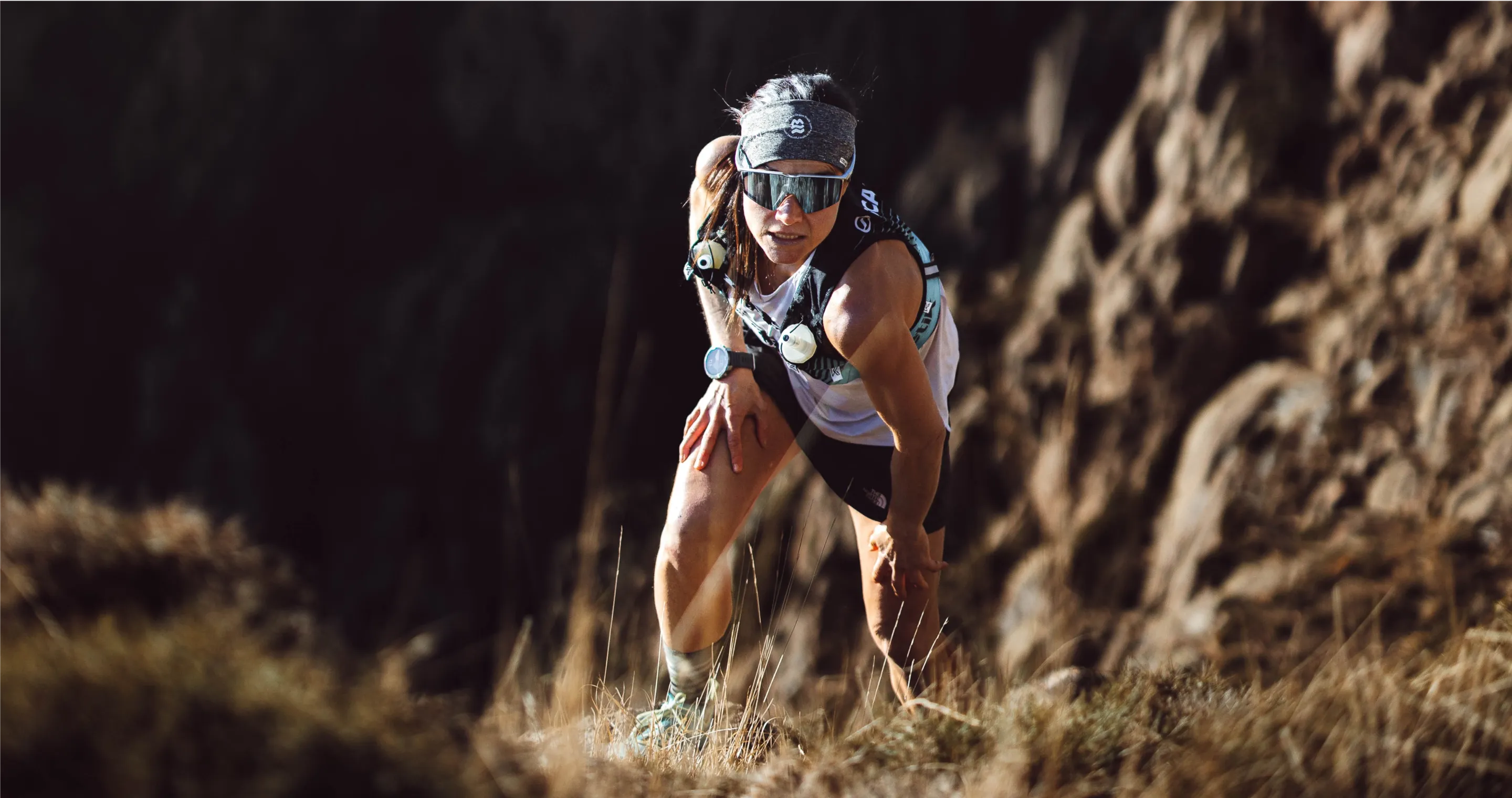Springsteen said it best: “Baby, we were born to run”. And it turns out we're built to run pretty far. Unlike our caveman ancestors who were more likely sprinting after a gazelle for lunch than logging marathons, modern humans are pushing endurance boundaries like never before. From scorching desert ultras to freezing mountain trails, runners are conquering distances that would have made our prehistoric counterparts faint from exhaustion (or laughter).
But here's the thing: even the most well-trained athlete eventually hits a wall. That's where a recent article published in Sports Medicine comes in. It reviews the science behind our current understanding of what holds us back during these ultra-endurance feats. We're talking things like oxygen, overheating, hydration, and that ever-present foe, fatigue.
So, here we'll be summarizing the key points from this article and exploring the fascinating science behind what truly limits us when we go the ultra distance.
Why ultrarunning isn't natural (But we can still adapt)
The key takeaway from this article? Modern ultrarunning, with its punishing distances and training demands, is a testament to human resilience and our desire to test the boundaries of what we can achieve.
We're pretty good at endurance running compared to most creatures. Our bodies are built for it – efficient sweating keeps us cool (thermoregulation), our bipedalism saves energy, and a high percentage of fat provides a built-in fuel tank.
But here's the thing: evolution didn't exactly prepare us for pounding the pavement for hundreds of kilometers. Back in the day, our ancestors weren't exactly training for ultramarathons. With the development of tools for hunting and gathering, chasing down prey for extended periods became less essential.
So, why do we do it then? Ultramarathons are more akin to modern-day explorations, like climbing the highest peaks. We now have the secured food supply, the time, and the resources to push our limits. And with advancements in training and nutrition, our bodies have adapted to handle these extreme distances. But that adaptation goes beyond what natural selection originally intended.
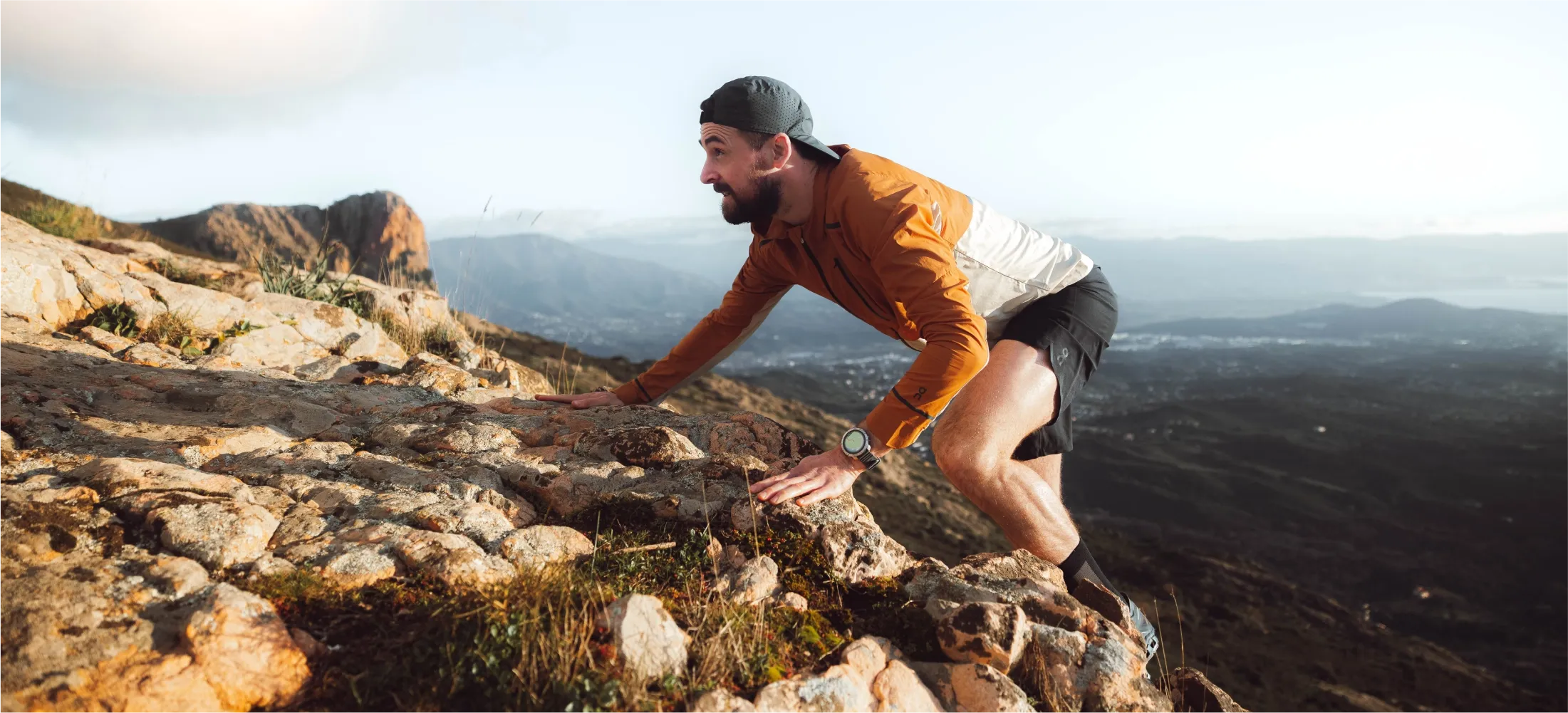
The secret to ultrarunning: Adaptation
So, if ultrarunning isn't the pinnacle of our natural abilities, what is? Here's where things get interesting. The study highlights "phenotypic plasticity," which essentially means our bodies are incredibly adaptable. That constant battle to maintain muscle mass, red blood cells, and those capillary networks feeding our mitochondria? It's all a resource allocation game. Since our bodies are wired for efficiency (read: conserving energy), they naturally dial back on these adaptations when we're not pushing them.
But that same plasticity allows us to respond to the insane training volumes of ultrarunning. By subjecting ourselves to these extreme demands, far exceeding anything our ancestors encountered, we can actually enhance performance beyond what evolution ever intended. Our bodies become more efficient at processing energy, building endurance, and handling the inevitable wear and tear.
This doesn't diminish the impressive feats of ultrarunners. It simply reframes them. We're not replicating some ancestral skillset; we're pushing the boundaries of what our bodies can achieve through sheer adaptation. Ultrarunning might not be natural, but our incredible capacity to adapt makes it possible – and that's a pretty remarkable story in itself.
The limiting factors
So, we've established that while our bodies are incredibly adaptable, there are still limits to what we can endure. These limits are what make ultrarunning such a fascinating challenge. Let's dive deeper into what exactly holds us back when we push our bodies to the extreme.
Oxygen
Running often boils down to a simple equation: can your body supply enough oxygen to your muscles to keep you moving at a desired pace? When the energetic costs of running exceed the oxygen your body can deliver, you hit a wall. This critical point is known as "critical velocity," which corresponds to about 90% of VO2max. While it might seem that reaching this point only happens when you’re running fast, oxygen supply is also a key factor in endurance running too.
Let's break it down. In short, fast runs, say a 5k, the energy costs are higher that the oxygen supply. That’s why we are not able to keep high speeds for a long time. Marathons, which are usually performed between 70% and 85% of VO2max, are run close to critical velocity speed, so breathing is still a key factor.
Ultramarathons, on the other hand, are far slower. Typically, you’re running between 40% and 70% of your VO2 max, so, in theory, to solve the oxygen supply problem, you only need to breath a little bit harder. Well, not exactly. Even though you're running at a slower pace, your body is still pushing its limits. Factors like terrain, fuel depletion, and the overall wear and tear of the race gradually erode your body's ability to deliver oxygen efficiently, making it a limiting factor even at these lower intensities.
So, while oxygen might not be the headline act in ultramarathons, it's a supporting player that can significantly impact your performance. As the race unfolds, your body's ability to deliver oxygen to your working muscles becomes increasingly challenged, and this can ultimately dictate your success.
So, while oxygen might not be the headline act in ultramarathons, it's a supporting player that can significantly impact your performance.
Overheating
While you might think overheating wouldn't be a huge issue in ultrarunning compared to shorter races, it's actually a sneaky villain. Here's why: the heat your body produces is directly linked to exercise intensity. So, tackling a 10K will likely cook you faster than cruising through a 100-miler – assuming everything else stays the same.
Of course, "everything else" rarely stays the same. Ultras often take place in some of the most brutal conditions on the planet, where even napping can lead to heatstroke. And with races stretching for hours, you'll be basking in the sun for a loooong time. That's where deliberate heat acclimation comes in. Studies suggest spending at least five days training in hot conditions can help your body adapt. Think of it as preseason for your internal furnace.
But the biggest overheating risk, according to the experts is dehydration. The thermoregulatory limits to ultra endurance running in warm or cool conditions probably reside with the capability to maintain thermoregulatory sweating, and cardiovascular stability via adequate fluid intake to sustain exercise intensity. When you're dehydrated enough, your body can't sweat or circulate blood properly, which are your main ways of staying cool. It's a delicate balance – hydration is a whole other hot topic in ultrarunning.
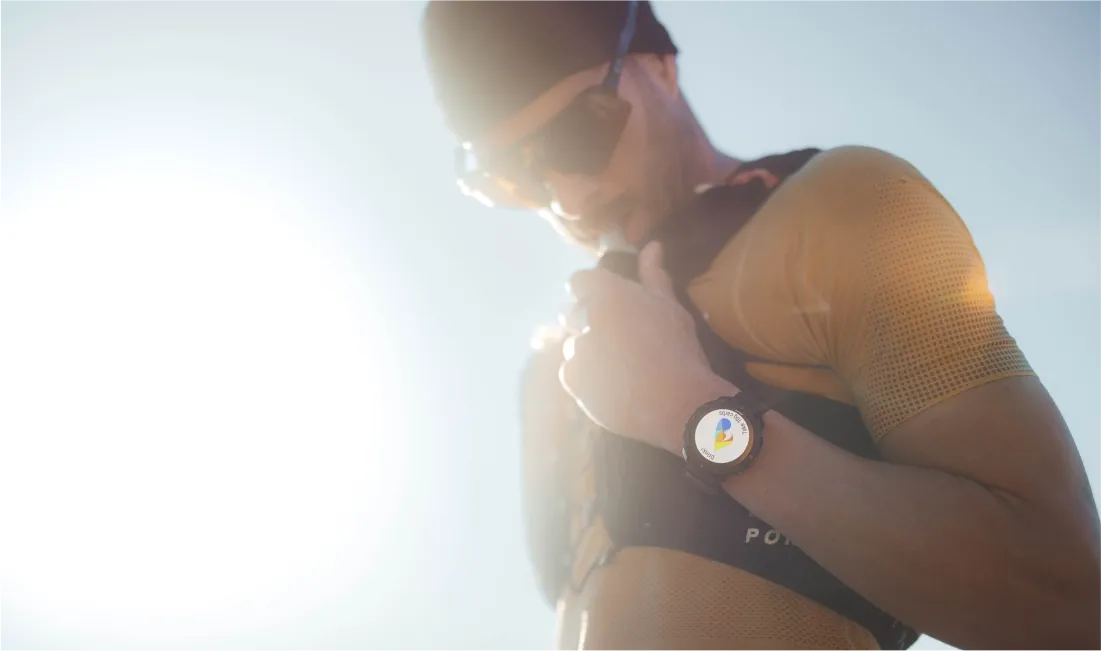
Ultra-endurance runner Ann Trason famously described these ultrarunning events as "an eating and drinking competition."
Nutrition
Ultra-endurance runner Ann Trason famously described these events as "an eating and drinking competition." This statement highlights a fundamental truth: energy intake and fluid maintenance may be the ultimate limit to human endurance. While we've evolved to run incredible distances, our ability to consume sufficient fuel during prolonged exertion is another matter entirely.
The challenge lies in the body's prioritization. During exercise, blood is diverted from the digestive system to the working muscles. This is essential for performance, but it creates a significant hurdle when trying to replenish energy stores. Our bodies are designed to shut down digestion during intense physical activity, a mechanism that serves us well during short bursts of effort. However, in the context of an ultramarathon, this becomes a major limitation.
Athletes must find ways to maintain fuel intake despite this physiological challenge. The problem is compounded by the fact that the digestive system becomes compromised under these conditions. The reduced blood flow can lead to increased intestinal permeability, allowing toxins to seep into the bloodstream. This process is believed to contribute to the nausea and gastrointestinal distress commonly experienced by ultramarathoners.
While there's no magic solution to this complex issue, careful nutrition planning, experimentation with different food and drink options, and a deep understanding of the body's physiological responses are essential for optimizing performance in these extreme events.
Explore
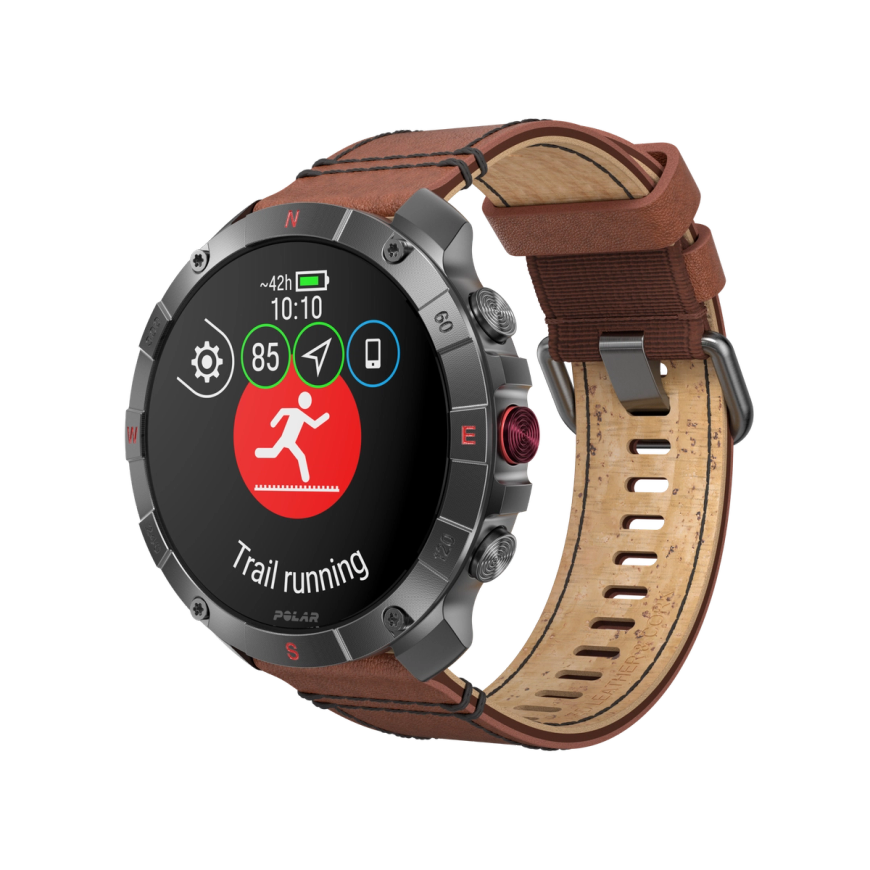
Polar Grit X2 Pro Titan
Premium Outdoor Watch
Polar Grit X2 Pro Titan is a rough and rugged outdoor sports watch crafted for adventure with sapphire glass AMOLED display in titanium casing, and a hi-tech toolkit of navigation and performance features for exploring the wonders of the world, and the body.

Polar Grit X2 Pro
Premium Outdoor Watch
Polar Grit X2 Pro is a rough and rugged outdoor sports watch crafted for adventure with sapphire crystal glass AMOLED display, and a hi-tech toolkit of navigation and performance features for exploring the wonders of the world, and the body.

Polar Vantage V3
Premium Multisport Watch
An ensemble of biosensing instruments, AMOLED display, dual-frequency GPS, maps, and the most comprehensive suite of training and recovery tools on the market. The stage is set, and the Polar Vantage V3 smart sports watch is ready to put in the performance of a lifetime.
Fatigue (real and perceived)
Hitting the wall in an ultramarathon isn't just about sore legs – it's a battle between two types of fatigue.
One is performance fatigue, the kind scientists can measure. For example, running for 20 hours means your leg strength can tank by 35-40%. But here's the surprising thing: you don't need peak power to keep going in an ultra. Your legs, even weakened, can still plod along.
The other culprit is perceived fatigue, how tough things feel. This definitely gets influenced by performance fatigue (weaker muscles, more effort), but it also throws in a whole bunch of other gremlins. Feeling foggy from sleep deprivation? Muscles screaming? Thirsty, hungry, or overheating? All these contribute to how hard you think you're working and, ultimately, whether you decide to push on, slow down, or throw in the towel. In shorter races, these decisions matter too, but in ultras, the non-muscle stuff takes the wheel.
So, what's the key to conquering ultra fatigue? The article suggests it's not about getting super strong but about managing the inevitable decline that happens during the race. Forget fancy lab tests – after 12 hours on the trail, it's all about finding ways to keep going even as your body weakens. And that's what ultra record-breakers like Courtney Dauwalter are masters at – managing the beautiful mess of ultra fatigue.
So, what's the takeaway?
As we've seen, ultramarathons are a fascinating exploration of the human body’s limits. We've delved into the challenges of oxygen deprivation, overheating, and inadequate fueling, all of which conspire to slow us down. These aren't just problems for elite athletes; they're hurdles every runner encounters, albeit to a lesser degree.
Our bodies are remarkable machines, capable of incredible adaptations. But even with all our physiological prowess, there's a boundary to how much we can push ourselves. Ultramarathons are pushing that boundary like never before. It’s a testament to human resilience and our insatiable curiosity to explore the limits of what's possible.
But whether you're a seasoned ultramarathoner or a weekend jogger, understanding these limitations can be incredibly valuable. It helps us focus on the areas where we can make the biggest improvements – whether it's dialing in our nutrition strategy, learning to manage fatigue, or simply appreciating the incredible machine that is our body.
After all, even if we're not all destined to conquer 100-mile races, we can all push our own personal boundaries and experience the joy of running a little further, a little faster, and a little stronger.
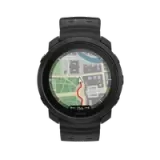 Polar Vantage M3
Polar Vantage M3
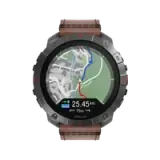 Polar Grit X2 Pro Titan
Polar Grit X2 Pro Titan
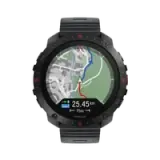 Polar Grit X2 Pro
Polar Grit X2 Pro
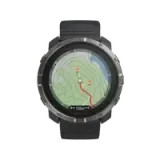 Polar Grit X2
New
Polar Grit X2
New
 Polar Vantage V3
Polar Vantage V3
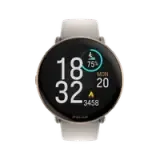 Polar Ignite 3
Polar Ignite 3
 Polar Ignite 3 Braided Yarn
Polar Ignite 3 Braided Yarn
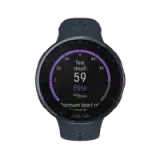 Polar Pacer Pro
Polar Pacer Pro
 Polar Pacer
Polar Pacer
 Polar Unite
Grit X Series
Vantage Series
Pacer Series
Ignite Series
Polar Unite
Grit X Series
Vantage Series
Pacer Series
Ignite Series
